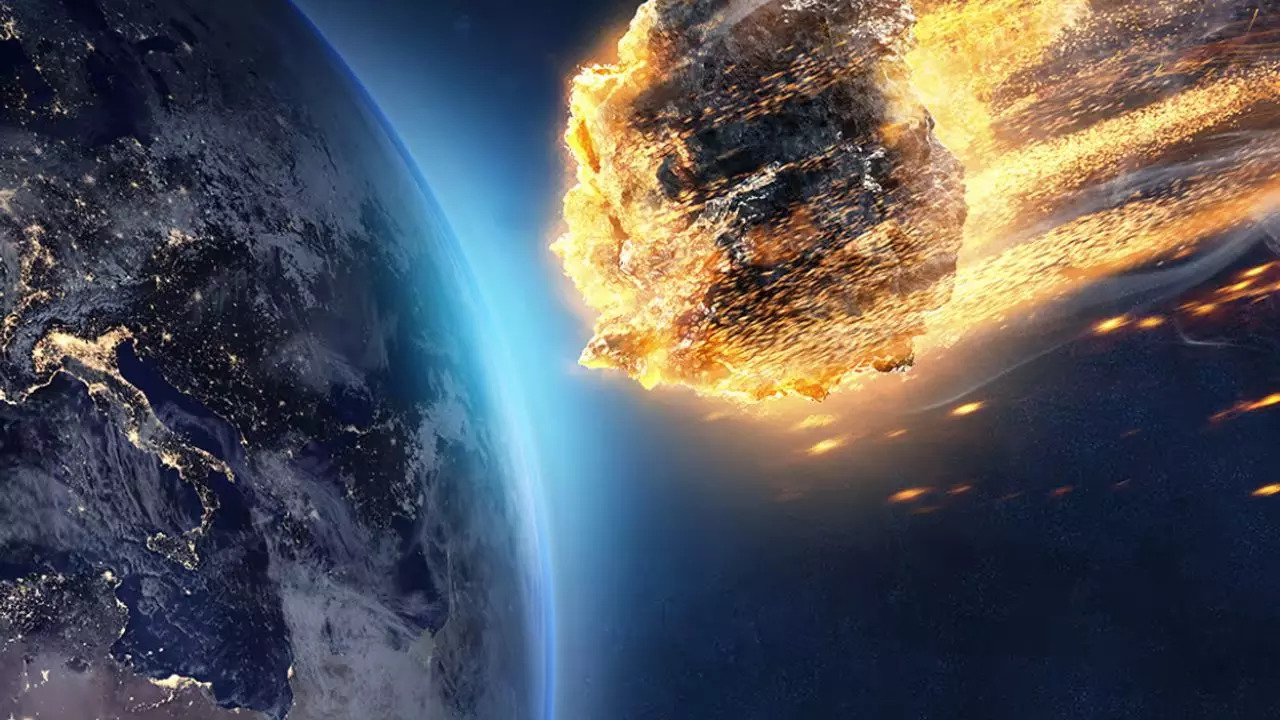
NASA alerts the public as asteroid 2024 UT7, a 190-foot-wide space rock, flies dangerously close to Earth today.
Photo : iStock
A huge asteroid2024 UT7, is flying past the Earth today, causing worry among space agencies and the public alike. The asteroid is of concern for the NASA-led Center for Near-Earth Object Studies (CNEOS) because it passes extremely close to our planet. Approximately 190 feet wide, around the size of a 15-storey building, asteroid 2024 UT7 belongs to the Apollo group of asteroids that, due to their crossing into Earth-bound orbit, are particularly important to observe. Flying at an incredible speed of 29,946 km/h, 2024 UT7 will be flying just 1 million kilometres away, terribly close by astronomical standards, from our planet. It will make its closest approach to Earth at precisely 08:03 AM IST today.
Asteroid 2024 UT7: Potential Impact
If an asteroid of comparable size strikes the Earth, the impacts will be catastrophic. A collision from a solid object 190 feet wide is thought to cause extensive explosions, similar to explosive devices worth dozens of atomic bombs, which could devastate areas of a many-mile radius. Cities could be annihilated, and the shockwaves would hit areas far beyond the blast radius. Although 2024 UT7 is not large enough to be classified as a “potentially hazardous asteroid” (PHAs being over 460 feet wide and within approaches to the Earth less than 4.6 million miles), asteroid 2024 UT7 is now a top-priority object because of its close contact and speed.
How NASA Tracks Space Rocks like 2024 UT7
NASA’s continuous and countless efforts are significant in knowing and taking steps to look after the risks these space rocks can cause. Through its NEO Observations Program, NASA tracks thousands of asteroids, with the help of the Minor Planet Center and through a mix of observatories such as the Pan-STARRS, Catalina Sky Survey, and NEOWISE. In addition, radar systems such as JPL’s Goldstone radar can measure NEOs very accurately, which helps calculate their orbits with high accuracy. This widespread monitoring ensures close watching and analysis of nearest approaches such as the case with 2024 UT7 for any potential threat to the Earth.





